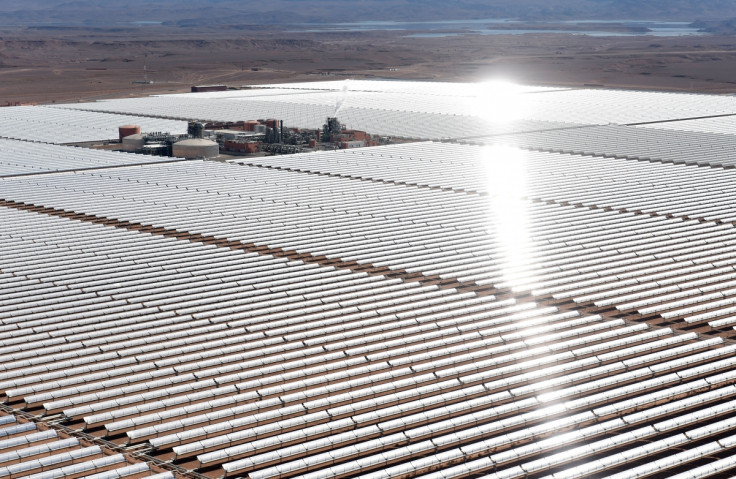Next-generation solar panel technology could turn rain into energy

A new type of solar panel technology capable of turning rain into electricity is being developed by scientists in China. According to a paper published in the Angewandte Chemie journal, the technology combines an electron-enriched graphene electrode with a dye-sensitized solar cell that can be triggered by both sun and rain.
The solution addresses a long-standing caveat of solar panels in that they only provide optimal energy output on sunny days. The paper, written by Ocean University of China professors Qunwei Tang, Xiaopeng Wang, Peizhi Yang and Benlin He, claims the new development could help advance the development of "all-weather solar cells".
Dye-sensitized solar cells use organic dye to absorb sunlight. When light hits these cells electrons are produced, which are captured by the semi-conductive material to form an electrical current. By adding a thin layer of graphene to these calls, the scientists propose that solar cells would also be able to produce power from the salt contained in raindrops.
The paper adds that such technology would provide an environmentally-friendly solution to
China's rapidly-increasing energy consumption.
"Although great achievements have been made since the discovery of various solar cells, there is still a remaining problem that the currently known solar cells can only be excited by sunlight on sunny days," the researchers claim. "In this fashion, the solar cells cannot realize electricity output (current, voltage, power) on rainy days, or at least the electricity generation is relatively low.
"With an aim of markedly elevating electricity creation, all-weather solar cells are promising to meet the growing energy demands"
© Copyright IBTimes 2025. All rights reserved.






















